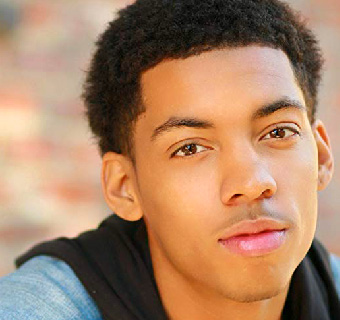Table of Contents
This week’s Trend Report indicates a rise in users’ interconnectivity with their creators; fans and viewers are smart and more aware than ever before. Twitter continues its app evolution under new ownership, and TikTok mental health spaces receive pushback.
YouTube Quizzes
Under the community tab feature on all YouTube channels, there is now an option for Creators to include a Quiz post for their subscribers. This feature will enhance communication and interaction between the creator and the viewer, indicating YouTube’s effort to increase engagement on its platform. This is similar to the Instagram Poll option on Instagram Stories or the poll feature on Twitter.
An Update on Twitter
Twitter has begun an influx of changes to its platform. The latest one: a twitter “for you” page, full of content from creators that users do not follow. This copies TikTok’s For You page, automatically showing a curated feed of unfamiliar posts when the app is opened, as opposed to content from creators they already follow.
We want to ensure everyone on Twitter sees the best content on the platform, so we’re expanding recommendations to all users, including those who may not have seen them in the past.
You can learn more about them, and how to best control your experience: https://t.co/ekYWf57JSc
— Support (@Support) November 30, 2022
Twitter is attempting to broaden viewed content based on tweets that may peak a particular user interest. Ultimately, it’s all based on exposure through mutual followers and patterns of content that the algorithm uses to expand the content for consumption.
Mental Health on TikTok
Mental health social media content has transformed from the initially vulnerable conversation surrounding stigmatized issues of anxiety and depression to a fashionable move of authenticity. The mental health niche on YouTube is increasing in popularity, and people are questioning its legitimacy.
TikTok users are searching for mental health advice on the app, but studies say “83.7% of mental health advice on TikTok is misleading, while 14.2% of videos include content that could be potentially damaging”. Despite, the efforts towards normalizing therapy and medication for mental health needs, there are risks involved.























